The best croton plant locations for Feng Shui and optimal care
Decorating the house with houseplants like Croton is not only a great way to bring nature indoors, but it can also help you achieve spiritual goals as well. Practices like Feng Shui account for decorations such as living plants when determining how the energy will flow in your home. Aside from the spiritual symbolism and consideration of Croton plants, you must also consider the physical needs of the plants. Here’s what you need to know to properly place any type of Croton plant in your home or office for optimal plant care and energy flow.
Where to place croton plants in the home – the essentials
Like most living houseplants, the Croton plant does well when placed in the east or southeast, according to Feng Shui. Crotons thrive in bright, indirect sunlight, so a position a few feet away from an east- or south-facing window protected by a partially drawn blind or sheer curtain for at least six hours per day would be ideal for optimal plant care.
About Croton Plants

Types of croton plants vary considerably in appearance, even among the limited species grown as houseplants. They all have relatively stiff leaves with a glossy appearance due to the typical desert environment where the plants tend to grow.
The genus is part of the Euphorbiaceae family, which includes many other desert-adapted plants such as Spurge and Euphorbia. The Croton genus is native to Malaysia, South Asia, the Pacific Islands, North America and some parts of Africa.
Species popular as garden or pot plants, thanks to their multitude of uses and benefits, and tend to have colorful or multicolored foliage and unusual leaf shapes. Some crotons grow from main stems or stem-like structures, but most varieties form several independent stems to support a few leaves each.
Almost all popular Croton plants sold as houseplants, in particular, are a variety of Croton variegatum. This can be surprising as each variety can look drastically different from the next.
For example, it is easy to think that the varieties ‘Dreadlock’ and ‘Gold Star’ are completely different species, but they are simply varieties of the same. This means that despite the color variations and interesting leaf types, almost all of these plants need the same type of care and placement in the home. It is easy to own a variety of Croton plants without having to adapt to a variety of conditions in your potting area.
Croton plants and Feng Shui
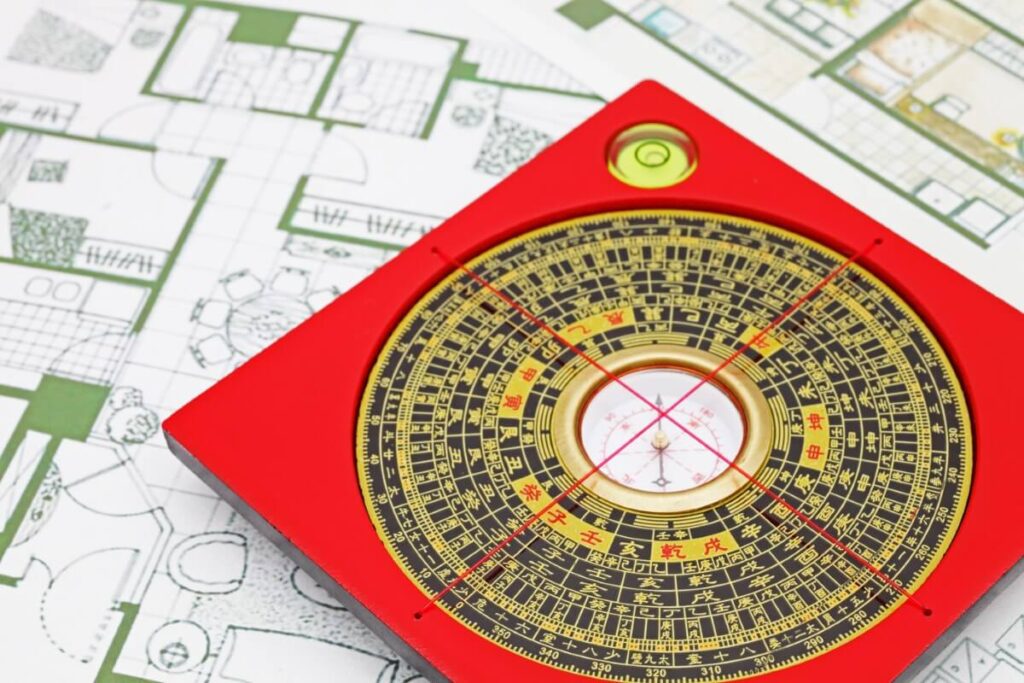
Feng Shui is still relevant today, even though it began hundreds of years ago as an ancient Chinese practice for laying out tombs and other ceremonial areas. In modern times, it is often applied to homes and houseplants instead.
While you can’t change the way your home’s layout is built, you can arrange decorations like Croton plants to create better energy patterns according to the map known as the Bagua. A Bagua is used to orient certain functions in the home according to the cardinal directions of the compass.
Traditional methods require using a compass and aligning the Bagua with true north, while more informal methods involve aligning the map with the home’s entrance regardless of the compass direction.
Croton plants play an interesting role in Feng Shui because even when alive they are considered part of the wood element. Wood symbolizes strength, stability, growth and togetherness when used to its best advantage in this practice.
Croton plants add a fun and playful side to this energy because they are more colorful and have more unusual leaf shapes than other houseplants. This helps them generate positive energy without being as overwhelming as some other common houseplants, such as the snake plant.
Croton plants offer a general symbolism of positive change, joy in the face of adversity, and overcoming life’s challenges. Because some varieties have multiple colors in their leaves, they are often used to bring a mix of elements into a room that lacks fire (red) or earth (yellow) as well as wood. Use a white colored planter or pot, in this case, to help maximize the plant’s energetic benefits.
Where to place croton plants in the home
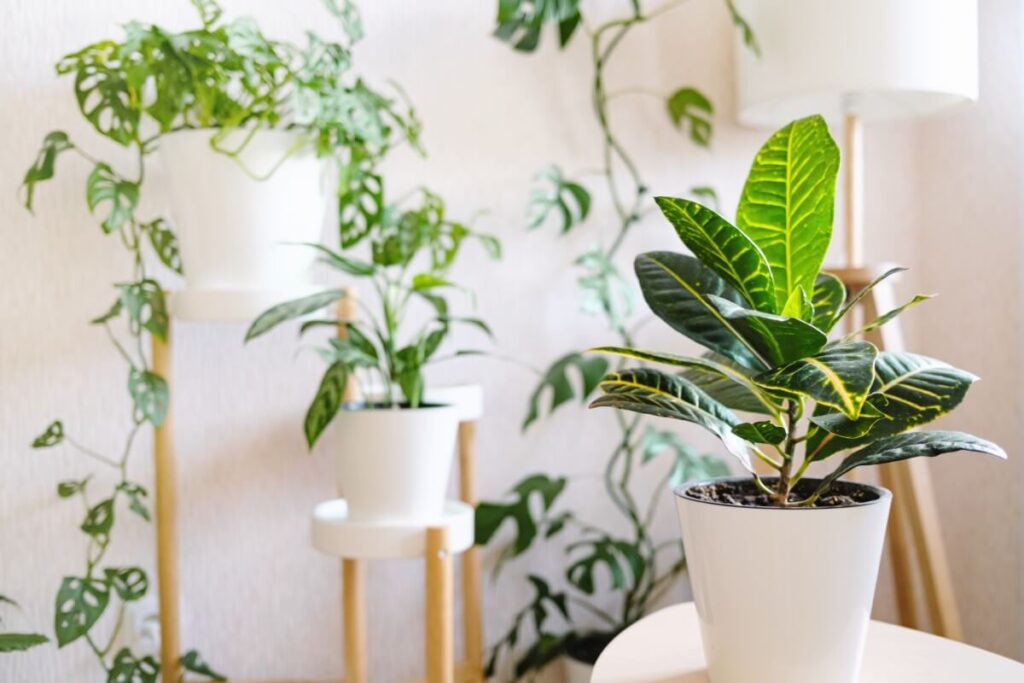
Plants are used to generate energy and increase focus on specific areas of the home. The bagua is used to determine where plants like Croton belong in the home, but it cannot tell where the plant will actually thrive.
You have to balance the practical needs of the plant with the recommendations of methods like Feng Shui to find just the right placement. According to Feng Shui, living plants like a Croton give the best boost to your home’s energy when placed in the east and southeast parts of the home. These parts of the compass encourage growth in your wealth and prosperity, in the southeast, or your family, in the east.
If you choose a variety of croton with reddish leaves, you can also help stimulate the fire element in the southern part of the home for more recognition and fame. Small and curly-leaved Croton varieties can be placed in almost any room because they add energy without being too much for the space, especially if kept in the corner.
Placement tips for Croton’s needs
Finding the right location for a Croton plant is a bit more complicated once you get past the Feng Shui recommendations.
This plant needs more light than peace lilies or snake plants, so they need to be within two to three feet of a window that gets good exposure for at least six hours per day. Still, they can burn easily if exposed to direct sunlight for more than brief periods during the day.
Choosing a window with a southeast or east exposure gives them plenty of morning light while minimizing the risk of sunburn from the direct afternoon sun. This also fits well with the recommendations for Feng Shui orientation.
Croton plants can easily be placed near an entryway or in a corner as long as there is enough light.
Where not to place croton plants in the home
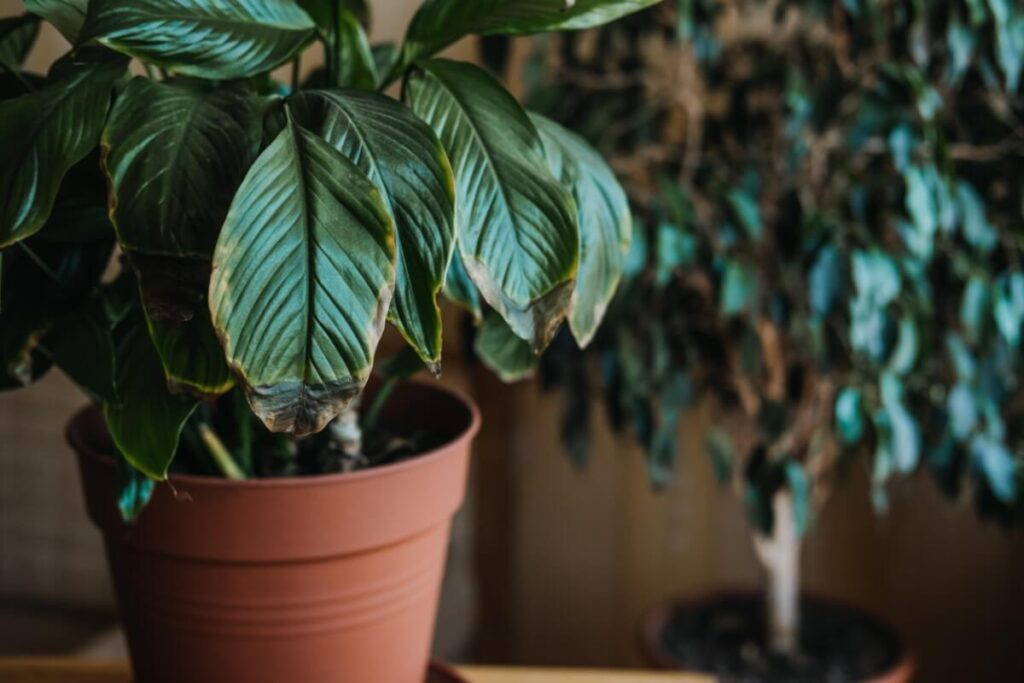
Because croton plants generate energy and stimulate activity, they are not recommended for placement in the bedroom. Feng Shui principles require that these plants be kept in areas used for work or for gathering with family and friends instead.
It is also common advice to keep potted plants away from entrances and exits to the outside of the home. If you place them too close to a door, not only will energy leave your home instead of staying inside, but there are practical tips to prevent drafts from affecting the health of the plant.
If you place a Croton plant near a window, be sure to keep it at least two to three feet away from the glass to prevent sunburn and draft problems.
It’s also worth noting that croton plants are considered poisonous to pets, so it’s often wise to keep them out of reach of your furry friends if possible.
Where to Place Croton Plants Outdoors
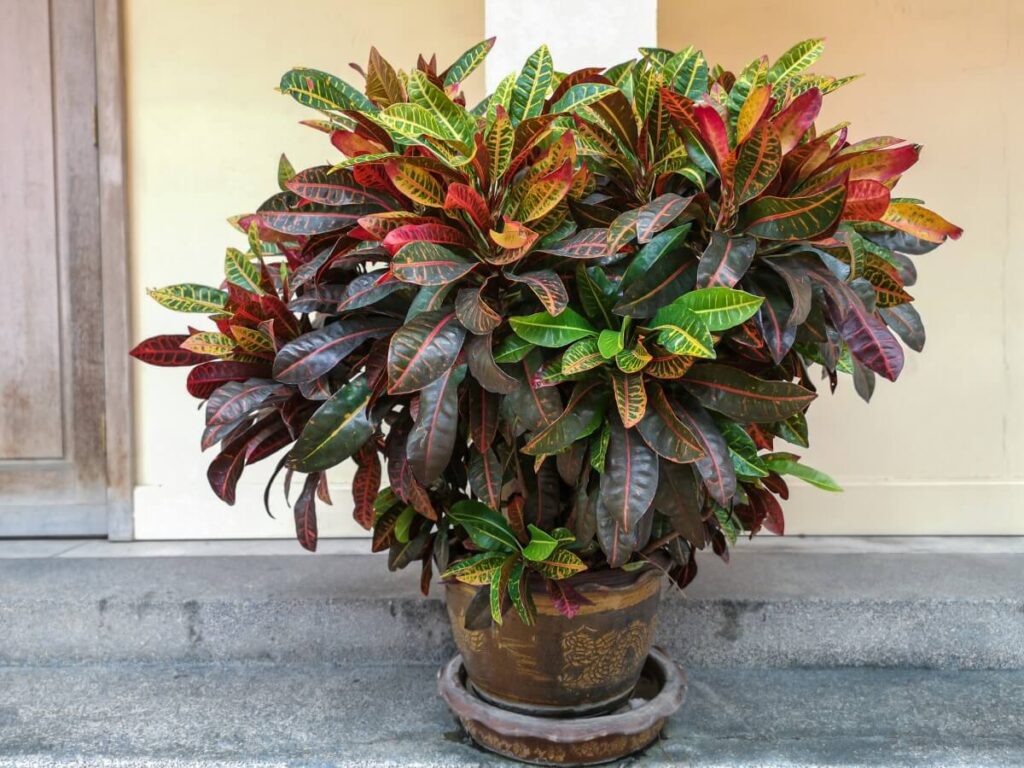
Many varieties of Croton are grown outdoors, where they can reach maximum heights of 10 feet or more in some areas.
They are generally only grown in USDA zones 9 and up because they need relatively mild winter temperatures to return year after year. Choose a spot of partial to full sunlight for Croton plants in the ground because they need a lot of sun to produce bright colors.
If you move potted croton plants outside for the summer, keep them in indirect sun because they won’t have the larger root mass to adapt to full sun exposure.
Plant them near a sheltered spot against a wall to increase warmth, especially if you are in a climate zone on the edge of where they thrive.
Important Croton Plant Care
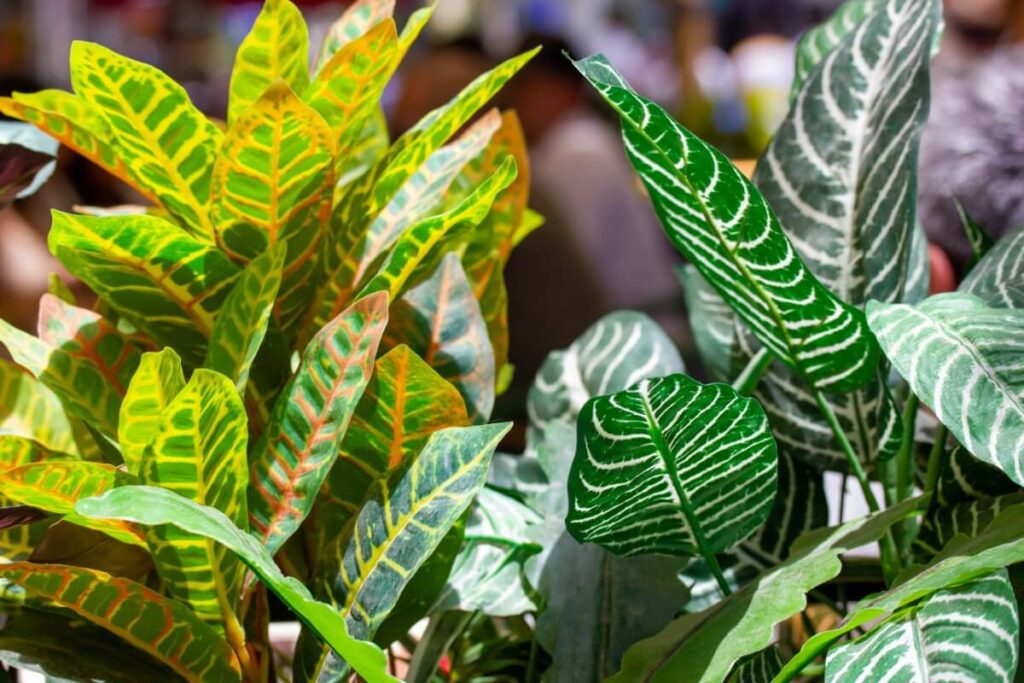
Croton plants need bright but indirect light for at least six hours a day. They prefer warm but not hot temperatures when grown indoors. They prefer higher humidity levels of 60% and above and grow best in a humid room or with their own humidifier nearby.
Fertilize the plant with a half-strength general purpose plant fertilizer once a month during the growing season to maintain color and new leaf growth (and prevent croton leaf drop). Use a well-draining soil mix and water when the first inch of soil dries out completely.
Croton plants will also benefit from some light pruning during the spring and summer months and should be replanted once they are rooted and have outgrown their current pots. You also need to keep an eye out for any common Croton plant pests and diseases.
For those looking to expand their Croton collection, these plants can also be propagated.
Frequently Asked Questions About Placing Croton Plants:
Which Room is Best for a Croton Plant?
East, south and southeast rooms all work well according to the light needs of the plant and the recommendations of Feng Shui.
How Far Away from the Window Should a Croton Plant Be?
Keep Croton plants at least two meters away from windows, so they are not exposed to direct sunlight. Watch out for how light exposure changes from winter to summer too, potentially moving the plant further away in winter.
Can I put my Croton Plant in a corner?
Feng Shui plant placement requires living plants to be placed in corners. Consider using supplemental lighting if you place a Croton plant in a corner.
Can croton plants thrive in low light environments?
Croton plants need a lot of indirect lighting to thrive. Consider snake plants or peace lilies for low-light areas.
Can croton plants withstand drafts?
Keep Croton plants protected from both hot and cold drafts.
Where to Place Croton Plants – The Final Word
Grow a variety of Croton plants to add color and fun shapes to your home. Consider using Feng Shui to guide placement after considering the basic needs of these particular houseplants. For more, see our ultimate guide to growing croton plants at home.
 pyomn
pyomn



